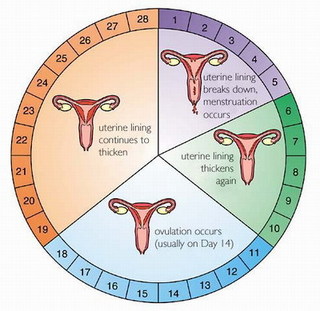Since I've been travelling, I've always found it lots of fun but I realise that with diabetes I need to take extra precautions and pack more :) Just some additional things that I feel need to be considered:
- script from my doctor for medication - I got pulled over in Phuket as my insulin was showing as liquid in my carry-on bag. Surprisingly they were the only people who checked. Even in Malaysia where they make an announcement about 'drugs' - they didn't check my bags. I guess wearing the scarf helped in this case :)
- at least 1 extra set of everything - I usually split it in 1/2 so 1/2 goes in my husband's bag and 1/2 goes in mine (just in case 1 bag goes missing). I make sure I put both bags together because just now they arrest him lol
- I remember to put insulin in with biocool bag (those blue gel like things you get at the pharmacy)
- my pump always sets off the metal detector which leads to me showing my pump (very funny when I have to lift my dress up) and being searched - I guess wearing a scarf adds to it lol
- extra batteries for my pump - it only seems to like Energiser and who knows where I'll find those in places like Morocco?
- Wearing your sensor on during flights were highlighted in the manual and it said that you should turn it off - I kept mine on & I'm happy to say that none of the flights crashed :)
- On long, long flights my blood sugar was dropping before they served food - so I usually take snacks along with me or I have to order the halaal, diabetic meal especially so that they bring it first.
- Keeping hydrated especially for my sensor is important but I haven't found that they give enough water or rather I have to keep asking. Sometimes they should just give me a big bottle and save themselves the trips to my seat every time lol
- I keep pen sets with me as well - just in case my pump decides to give me issues. This happened on my flight to Malaysia when my blood sugar was raising for no reason. I changed my catheter site before the flight but despite that it kept raising some more. So I had inject, without pen sets it would have been more tricky.
- So I pack with good control in mind - this includes things to keep my blood sugars up (all the chocolate I like eating) and things to keep my blood sugars from going up (treats like nuts)
- I usually pack things like Provita biscuits - I know it sounds silly but it's not easy to find these in all places!
- My pump makes it easier to travel especially when I fly in different time zones. In some cases I don't even adjust to local time and it really didn't make a difference. Everyone is different though - so don't trust that this will work for you!
- When swimming make sure that you put your pump somewhere safe! Lots of pumps go missing at the beach. For that reason I have my pump insured for almost as much as my car!
Above all, I usually travel with someone. My sensor makes it so much easier since I get low and high predictor messages and my pump has a suspend function to prevent comas. In some cases though, this all fails and you just need someone, who knows you, to assist.
Other than that - it's all just lots of FUN (I just have to remember my pump in wet conditions lol).


